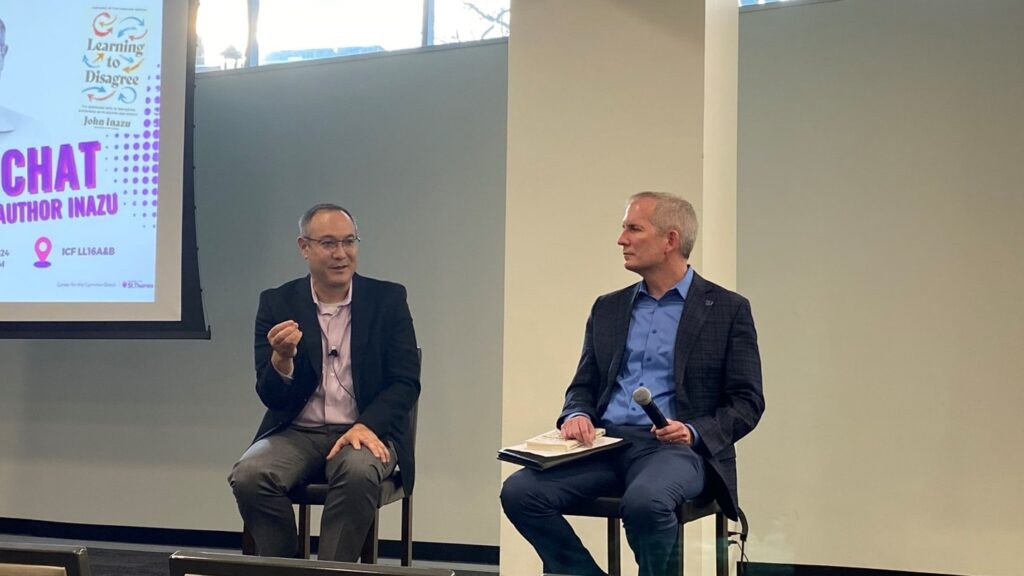In the world of employment, diversity and equality are frequently used interchangeably. While they are certainly connected, they are not the same. In fact, they almost contradict one another, which is why many of us may get confused when talking about them, especially in terms of employment. The hiring processes alone can be difficult enough - when you add efforts to ensure candidates represent a diverse population and to be compliant with equal employment, it can cause a headache.
First, some definitions:
Equality in employment practices is about ensuring individuals, applicants, candidates and employees are treated fairly and consistently. For instance, do all candidates being considered for the same engineering leader role undergo the same professional assessment? Or, do all full-time employees have access to the same company provided benefits?
Diversity in employment practices is about recognizing and respecting differences. Do you hire employees from a variety of ethnic backgrounds? Are there people of all ages working for your company? Do you and your company leaders assign work and projects to employees regardless of their gender or religious beliefs?
Diversity isn’t a law… but it brings success.
Before you reach for the aspirin, consider this: diversity is not a law in the United States. Although many reports show diverse businesses outperform those with a more homogenous workforce, there is nothing requiring companies to be diverse. Even though it’s not mandatory, global business leaders understand that their organizations will thrive if they hire individuals with different experiences and backgrounds. In fact, this is so vital to operations that many companies build diversity right into their mission.
Equal employment opportunity is the law.
So where does that leave equality? Unlike diversity, equal employment opportunity is the law. Hiring leaders are required to give due and equal consideration to any qualified applicant regardless of whether or not the applicant falls within a protected class such as age, gender, religion, marital status, disability, or military service, to name a few.
- When it comes to equality in your organization, it’s vital to incorporate it into your strategic planning.
- Invite your human resources partners to join the conversation and provide insight. This business strategy should include a plan for attracting, retaining and managing talent.
- Identify the sources you will use to ensure you are marketing your organization to a diverse population. Within your recruiting process, ask applicants how they heard about your organization so you know which sources are working well.
- Be sure to provide applicants the opportunity to self-identify and store this information in a separate place from information that identifies the specific application.
As you market your business and employment opportunities to diverse groups and give individuals with different backgrounds and experiences the same consideration within your company, you will find that, while equality and diversity are two very different things, they truly support one another. And your business will be better as a result of focusing on both.
Tiffany Kuehl is a senior account executive on the HR Consulting & Search team at Versique. She has more than 18 years of experience in HR and talent acquisition. Her experience includes high-level talent acquisition positions at Donaldson, Honeywell, and MTS Systems Corporation, as well as serving as a past president of the Twin Cities Human Resources Association (TCHRA), director-elect of the Minnesota Society for Human Resource Management State Council (MNSHRM), and as an advisory board member for Minnesota Recruiters.







